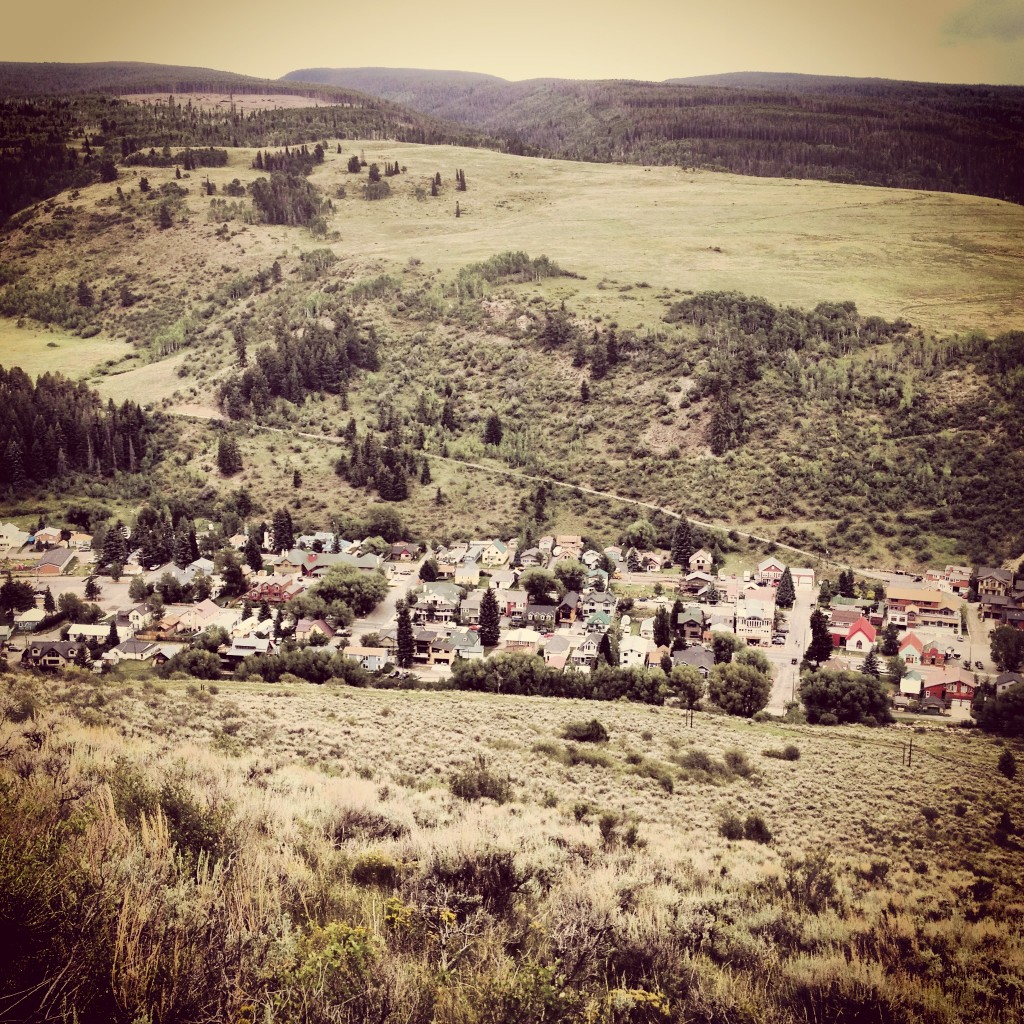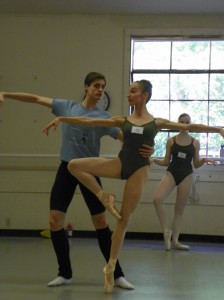BALLET 422, a documentary by Jody Lee Lipes, offers a behind-the-scenes look at the creation of Justin Peck’s Paz de la Jolla, his third ballet for New York City Ballet and the company’s 422nd new work.
Without the use of voiceover narration or intermittent interviews, the film shows scenes of Peck dancing alone in the studio for a phone camera, making sketches of steps and formations for the ballet, using his computer as an aid, and giving directives in rehearsal–“isolate the elbows”, “it’s not crispy enough”. But if you’re looking for more detailed insight into his choreographic process and the ideas behind Paz de la Jolla (as a well as the filmmaking process), you’ll want to turn on the commentary by Peck and Lipes in the Special Features section. You’ll have to do this on your second viewing though, because it will be layered over the film’s sound. I found the commentary enriching and I wish it could have been incorporated into BALLET 422 instead being a supplement. Nonetheless, there is an effective, quiet drama evoked in the film’s minimalist approach.
BALLET 422 also features backstage scenes, Peck’s collaboration with costume designers, discussions with lighting director Mark Stanley, and work with the late Albert Evans, former NYCB dancer and ballet master. As for the dance scenes, they give glimpses of the unique qualities of the principals of Paz de la Jolla: the athletic, lightning-speed sprightliness of Tiler Peck (no relation to Mr. Peck), the rebounding energy and charisma of Amar Ramasar, and the understated sophistication of Sterling Hyltin. Moreover, the dance scenes and performance clips capture some of the most exciting elements of Peck’s choreography –the Balanchinian propulsion of speed extended into a digital-age pulse and the prose poetry in his manner of melding contemporary and classical movement.
Magnolia Pictures, 75 minutes.






